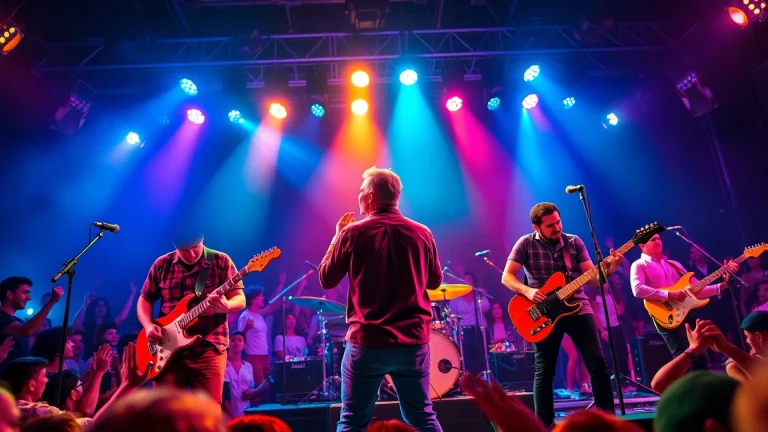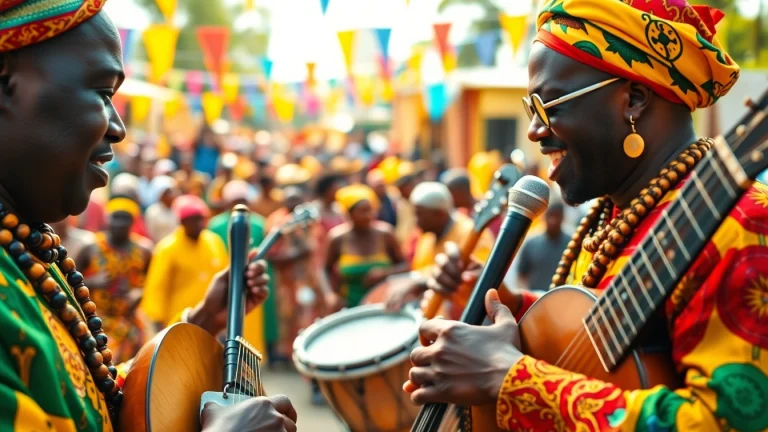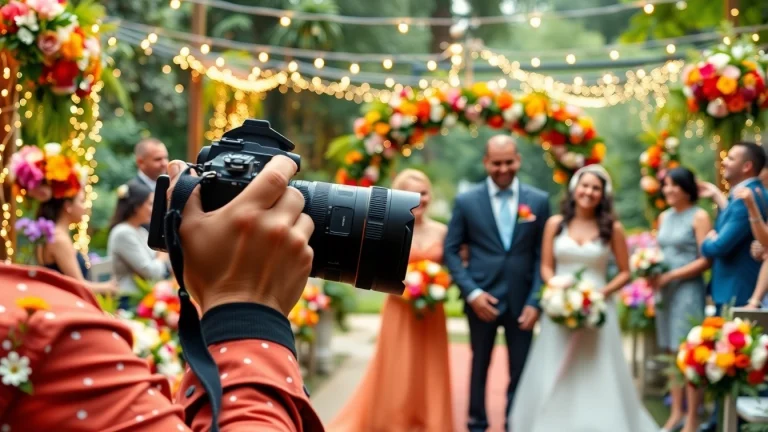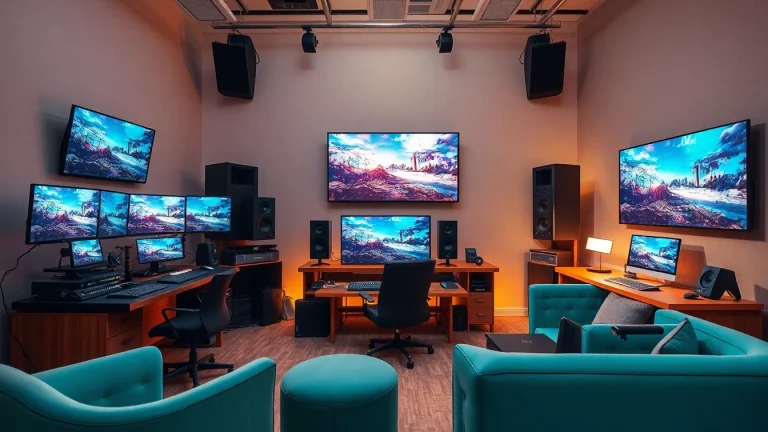
Enhancing Live Music Performance: Strategies for Engagement and Impact
Understanding the Art of Performance
Performance is a powerful medium for artists to express their creativity and connect with audiences. Whether it’s an intimate acoustic set or a grand stage production, the nuances of live performance can greatly impact how an artist’s message is perceived. Understanding performance as an art form can enhance an artist’s interactions with their audience, build their brand, and create memorable experiences.
The Importance of Live Music Performance
Live music performance is more than just a display of talent; it’s a fundamental way to establish a connection with the audience. The energy of a live performance can create a shared experience that recorded music cannot replicate. According to a study by Pollstar, 79% of music fans prefer live shows as a way to experience their favorite artists. This indicates that performances are crucial for building a loyal fan base and can even be a significant revenue source for musicians.
Key Elements of an Effective Performance
Several vital elements contribute to the effectiveness of a live performance:
- Stage Presence: This refers to an artist’s ability to engage with the audience through charisma and energy.
- Musical Skill: Mastery of the instrument and vocals is essential to deliver a compelling performance.
- Visuals: The use of stage design, lighting, and multimedia can enhance the overall experience.
- Setlist Selection: Carefully curating songs plays a pivotal role in maintaining audience interest and excitement.
- Emotional Connection: Performers should aim to evoke emotions, drawing the audience into the shared experience.
Audience Engagement Strategies
Engagement is crucial for creating a lasting impression. Here are a few strategies to enhance audience interaction:
- Interactive Elements: Encourage crowd participation, such as sing-alongs or call-and-response segments.
- Personal Stories: Share anecdotes or stories behind songs to foster a deeper connection.
- Social Media Integration: Utilize live feeds or audience shout-outs during performances to involve those following online.
Preparing for a Successful Performance
Setting Goals for Your Performance
Preparation is key to achieving a successful performance. Setting clear, achievable goals can guide the process:
- Define Objectives: What do you want to accomplish? For example, increasing audience size or selling more merchandise.
- Assess Resources: Consider the tools and team available to you for achieving these goals.
- Establish KPIs: Determine key performance indicators to measure success post-show.
Choosing the Right Venue and Setting
The venue plays a massive role in the performance experience. Consider the following when selecting a venue:
- Audience Capacity: Choose a venue that matches your expected audience size.
- Acoustics: Ensure the venue has favorable sound characteristics to support your performance.
- Access and Facilities: Make sure the venue is easily accessible and has the necessary facilities for both performers and audiences.
Rehearsal Techniques to Enhance Performance
Regular rehearsals are vital to bolster confidence and professionalism:
- Full Run-Throughs: Practice the entire setlist multiple times to achieve fluency with the material.
- Mock Performances: Simulate the performance environment to adapt to stage dynamics.
- Record Rehearsals: Listening back can provide insights into areas of improvement.
Technical Aspects of Performance
Essential Sound Equipment for Live Performances
An artist’s sound is their message, making quality sound equipment crucial:
- Microphones: Choose the right type, whether dynamic or condenser, based on the performance needs.
- Amplifiers: Required to project sound adequately across the venue.
- MIXING Consoles: Vital for balancing audio from various instruments and vocals seamlessly.
Lighting Techniques to Elevate Your Performance
Lighting transforms a performance, enhancing both the mood and visual appeal:
- Backlighting: Creates depth and character to the performers.
- Spotlighting: Draws attention to the focal point of the stage during key moments.
- Color and Movement: Utilize color effects and moving lights to establish atmosphere and excitement.
Utilizing Technology for Audio and Visual Enhancement
Technology significantly impacts live performances:
- Tracking Software: Can help in managing and executing complex arrangements.
- Projectors and Screens: Enhance the performance experience by adding visual storytelling elements.
- Live Streaming Tools: Reach a wider audience by broadcasting performances online.
Measuring Performance Success
Key Performance Indicators for Live Events
Measuring success is crucial for future improvement. Some key performance indicators include:
- Attendance Figures: Compare the number of attendees against expectations.
- Sales Metrics: Analyze merchandise and ticket sales post-performance.
- Social Media Engagement: Monitor online interaction and feedback through likes, shares, and comments.
Gathering Audience Feedback for Improvement
Understanding the audience’s perspective is invaluable:
- Post-Performance Surveys: Use brief surveys to gather audience impressions and feedback.
- Online Reviews: Monitor feedback on platforms like social media and review sites.
- Follow-Up Engagement: Reach out to attendees post-show for additional insights and personal touch.
Analyzing Engagement Metrics Post-Performance
Data analysis can unveil patterns and areas for improvement:
- Comparative Analysis: Evaluate performance metrics over time to identify growth or decline.
- Audience Demographics: Understand which segments of your audience engaged more significantly.
- Setlist Impact: Determine which songs resonated well with the audience by measuring the emotional or interactive response.
Building Your Brand Through Performance
Creating a Unique Performance Identity
Your performance identity can set you apart:
- Signature Style: Develop an unmistakable style that distinguishes you from others.
- Brand Messaging: Ensure that the themes of your performances resonate with your overall brand voice.
- Consistent Visuals: Use consistent imagery, outfits, and stage setups to reinforce your identity.
Leveraging Social Media for Promotion
In today’s digital age, social media is pivotal for promotional activities:
- Content Creation: Share behind-the-scenes content, rehearsal clips, and performance teasers.
- Audience Interaction: Engage with your audience through Q&As, polls, and prompt feedback.
- Utilizing Ads: Invest in targeted ads leading up to performances to increase visibility and reach.
Networking Opportunities for Performers
Networking can pave the way for collaboration and growth:
- Industry Events: Attend music festivals and conferences to meet peers and influencers in the industry.
- Collaborations: Work with other artists to reach new audiences and enhance creative output.
- Building Relationships: Develop connections with promoters, venue managers, and local businesses for mutual benefit.


